Illuminate Your Outdoors with Custom Landscape Lighting
Key Takeaways
| Aspect | Key Points |
|---|---|
| Custom Design Benefits | Tailored lighting solutions enhance property value, security, and aesthetic appeal |
| Technology Integration | Smart controls, LED efficiency, and automated systems reduce energy costs by 60-80% |
| Safety & Security | Strategic placement eliminates dark spots and deters intruders effectively |
| ROI | Professional landscape lighting increases home value by 15-20% |
| Energy Efficiency | Modern LED systems last 25,000+ hours with minimal maintenance |
| Design Flexibility | Custom solutions accommodate any architectural style or landscape feature |
| Professional Installation | Expert placement ensures optimal performance and code compliance |
| Seasonal Adaptability | Systems adapt to changing seasons and landscape growth |
Why Custom Landscape Lighting Transforms Your Property
Your outdoor space deserves more than basic flood lights stuck on garage walls. Custom landscape lighting creates an entirely different experience after sunset. I’ve been designing outdoor lighting systems for over fifteen years, and I’ve seen how the right lighting can make a modest home look like a luxury estate.
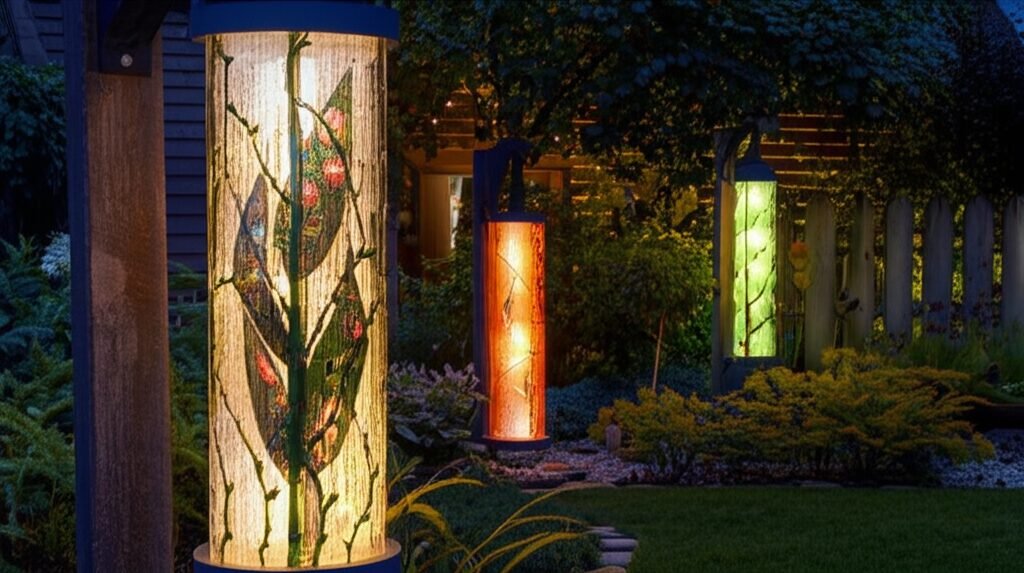
Most homeowners think landscape lighting means buying some solar stakes from the hardware store. That’s like comparing a smartphone to a telegraph. Custom systems use professional-grade fixtures, precise beam angles, and strategic placement that highlights your property’s best features while hiding its flaws.
The difference becomes obvious the moment you see a professionally designed system. Trees glow from within, pathways guide visitors safely, and architectural details pop with dramatic shadows. Your neighbors will wonder what changed, but they won’t be sure exactly what it is.
Security improves dramatically too. Dark corners disappear, and potential intruders lose their hiding spots. But here’s what most people don’t realize – effective security lighting doesn’t mean flooding everything with harsh white light. Smart placement of warm, directed beams creates better visibility without the prison yard aesthetic.
LED Technology and Smart Controls Revolution
LED technology changed everything about outdoor lighting. When I started in this business, halogen bulbs dominated the market. They ran hot, burned out frequently, and consumed massive amounts of electricity. Today’s LED systems use 80% less energy while producing better light quality.
The 2025 LED trends show continued improvements in color rendering and dimming capabilities. Modern LEDs reproduce colors accurately, making your landscaping look vibrant instead of washed out.
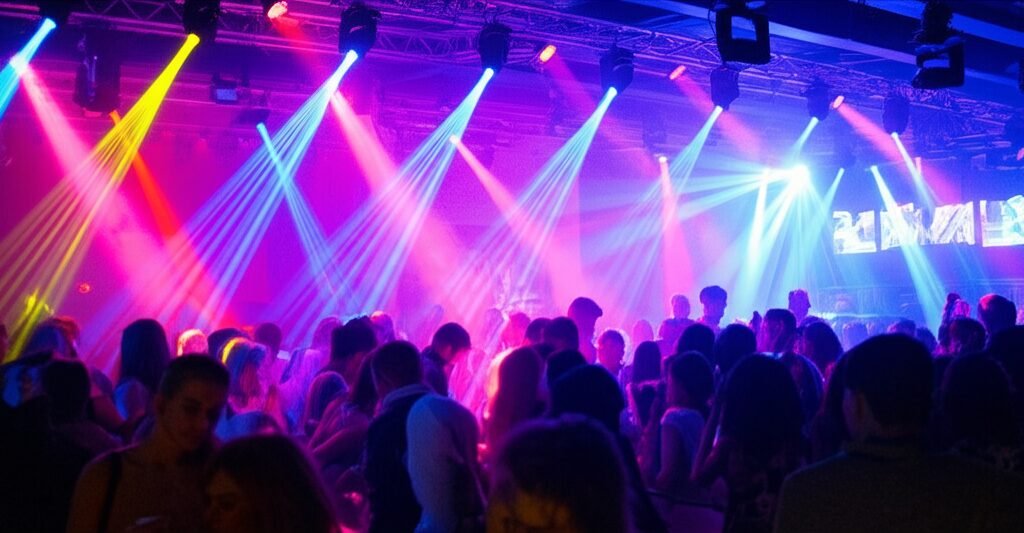
Smart controls add another layer of sophistication. You can adjust brightness, change color temperatures, and create custom scenes from your phone. Imagine dimming the pathway lights to 30% for late-night dog walks, then brightening them automatically when guests arrive.
Weather sensors integrate with these systems too. Rain sensors dim lights during storms to prevent glare, while daylight sensors ensure lights only operate when needed. Some advanced systems even adjust for seasonal changes, gradually shifting on/off times as daylight hours change.
The initial investment in smart LED systems pays for itself through energy savings. My clients typically see 60-70% reduction in their outdoor lighting electricity costs within the first year.
Design Principles That Actually Work
Good landscape lighting follows specific principles that separate professional results from amateur attempts. The biggest mistake I see is overlighting – using too many fixtures or making them too bright. Your goal isn’t to recreate daylight outdoors.

Layer your lighting instead of relying on single fixtures. Combine uplighting for trees, downlighting for pathways, and accent lighting for focal points. Each layer serves a different purpose:
- Task lighting illuminates specific areas like steps or gates
- Accent lighting highlights architectural features or specimen plants
- Ambient lighting provides overall illumination and mood
Temperature matters more than brightness. Warm white (2700K-3000K) creates inviting atmospheres, while cool white (4000K+) feels clinical. Most outdoor applications benefit from warm tones that complement natural materials like stone and wood.
Shadow play creates drama. Strategic placement creates interesting shadows that add depth and mystery. A single uplight behind a sculptural plant creates more visual impact than flooding the entire area with even illumination.
Professional designers also consider maintenance access. Fixtures hidden behind mature shrubs look great initially, but become nightmares when bulbs need changing. Smart placement balances aesthetics with practical considerations.
Safety and Security Through Strategic Lighting
Security lighting works best when it doesn’t look like security lighting. Harsh floodlights actually create deeper shadows around their perimeters, giving intruders better hiding spots. Strategic placement of multiple lower-intensity fixtures eliminates dark corners more effectively.

Motion sensors add another security layer without constant energy consumption. Modern sensors distinguish between small animals and human-sized movement, reducing false activations. Position sensors to overlap coverage areas – if someone disables one fixture, others maintain illumination.
Critical security zones require special attention:
- Entry points (doors, gates, garage openings)
- Dark pathways between buildings and landscaping
- Areas near windows at ground level
- Pool and spa areas for safety compliance
Safety considerations extend beyond security. Proper pathway lighting prevents trips and falls, especially important for older family members or guests unfamiliar with your property layout. Step lights integrated into hardscaping provide subtle guidance without overwhelming brightness.
Pool and spa lighting requires specific safety protocols. Low-voltage systems reduce electrical hazards, while underwater lighting enhances both safety and aesthetics. Many municipalities require pool lighting for safety compliance – check local codes before installation.
Installation Challenges and Professional Solutions
DIY landscape lighting seems appealing until you encounter the first major obstacle. Low-voltage systems appear simple, but proper installation requires understanding voltage drop calculations, wire sizing, and transformer sizing. Get these wrong, and your expensive fixtures will underperform or fail prematurely.
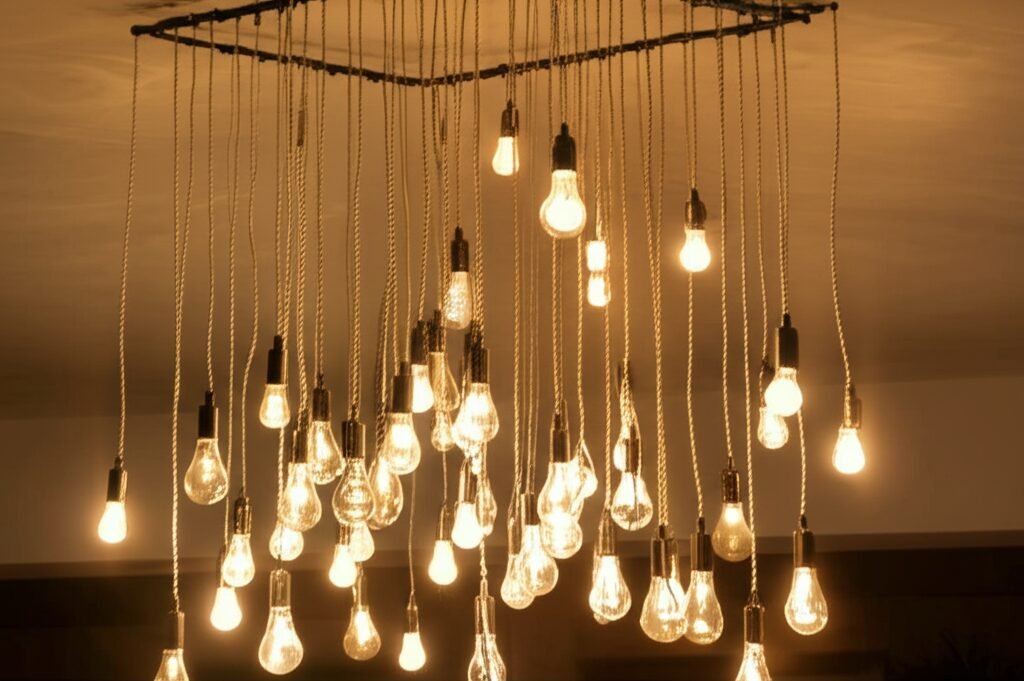
I’ve repaired countless DIY installations where homeowners used incorrect wire gauge or exceeded transformer capacity. Voltage drop causes fixtures farthest from transformers to dim significantly. Professional installers calculate these loads precisely and install multiple transformers when necessary.
Burial depth matters too. Most codes require 6-inch minimum burial for low-voltage landscape lighting cables. Shallow burial risks damage from lawn aeration or gardening activities. Professional installations include proper burial depth marking and protective conduit in high-traffic areas.
Common DIY mistakes include:
- Undersized transformers leading to premature failure
- Incorrect wire connections causing corrosion
- Poor fixture placement creating maintenance nightmares
- Ignoring drainage around electrical connections
Weather resistance separates quality fixtures from cheap alternatives. Marine-grade connections and proper IP ratings ensure systems survive harsh weather. I’ve seen expensive fixtures fail after one winter because homeowners chose fixtures not rated for their climate.
Professional installation includes proper grounding, GFCI protection, and compliance with local electrical codes. These aren’t optional safety features – they’re legal requirements in most areas.
Maintenance and Seasonal Adaptations
Landscape lighting systems require regular maintenance to perform optimally. LED fixtures last longer than traditional bulbs, but they’re not maintenance-free. Cleaning lenses quarterly prevents dirt buildup that reduces light output by 30% or more.
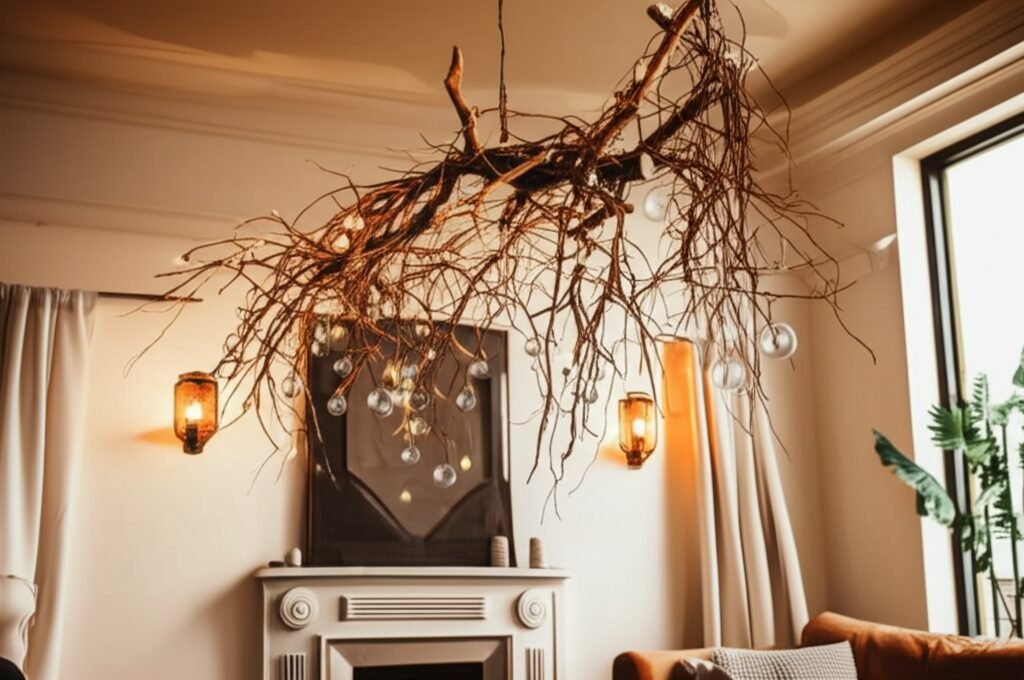
Seasonal adjustments keep systems looking professional year-round. Tree growth changes lighting patterns, requiring periodic repositioning of fixtures. Deciduous trees create different effects in winter when bare branches allow more light penetration. Smart systems can store seasonal settings and adjust automatically.
Annual maintenance checklist:
- Clean all fixture lenses and housings
- Check connections for corrosion or looseness
- Trim vegetation blocking or interfering with fixtures
- Test all timers and smart controls
- Verify GFCI protection functionality
Winter presents unique challenges in cold climates. Snow accumulation can bury pathway lights, while ice formation on fixtures can cause cracking. Quality fixtures withstand these conditions, but proper installation techniques prevent most weather-related failures.
Landscape changes require lighting adjustments. New plantings eventually grow large enough to block existing fixtures. Mature trees may require additional uplighting as canopies expand. Good design anticipates these changes and includes flexibility for future modifications.
Budget Planning and Return on Investment
Custom landscape lighting represents a significant investment, but it pays dividends in multiple ways. Property values increase measurably with professional outdoor lighting systems. Real estate professionals report 15-20% value increases for homes with comprehensive landscape lighting.
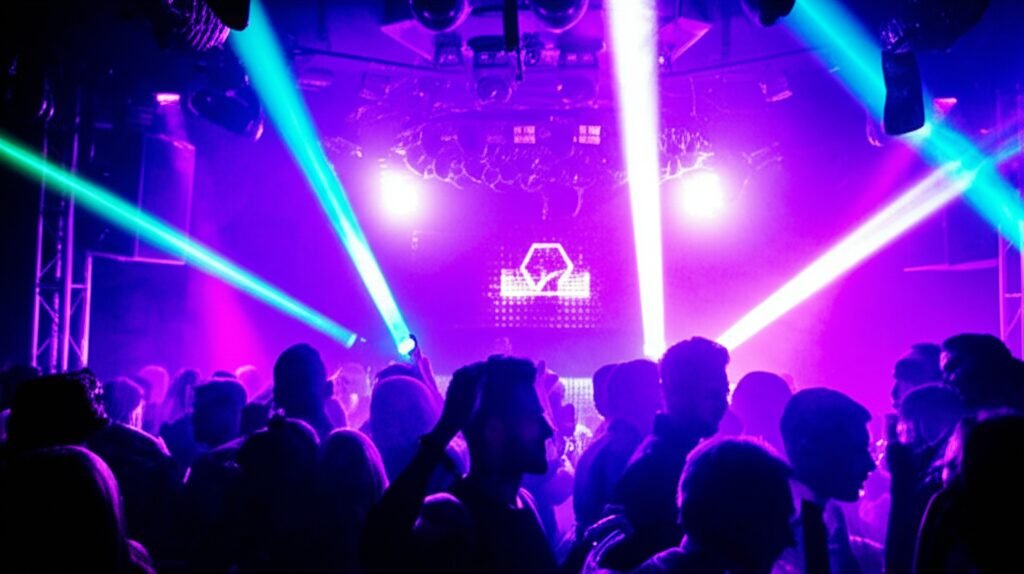
Energy costs remain manageable with LED technology. A typical system might cost $30-50 monthly to operate, compared to $150-200 for equivalent halogen systems. The landscape lighting market continues growing as homeowners recognize these benefits.
Budget considerations include:
- Initial fixture and installation costs
- Ongoing electricity expenses
- Annual maintenance requirements
- Potential future expansions
Phased installations spread costs over multiple years. Start with essential safety lighting, then add accent and decorative elements over time. Well-designed systems accommodate future additions without major modifications.
Quality fixtures cost more initially but last longer and perform better. Cheap fixtures require frequent replacement and often fail during harsh weather when you need them most. Professional-grade fixtures typically carry 10-15 year warranties compared to 1-2 years for consumer-grade alternatives.
Future Trends and Smart Integration
The 2025 sustainable landscape lighting trends emphasize integration with home automation systems. Voice control, smartphone apps, and automated scheduling become standard features rather than luxury additions.
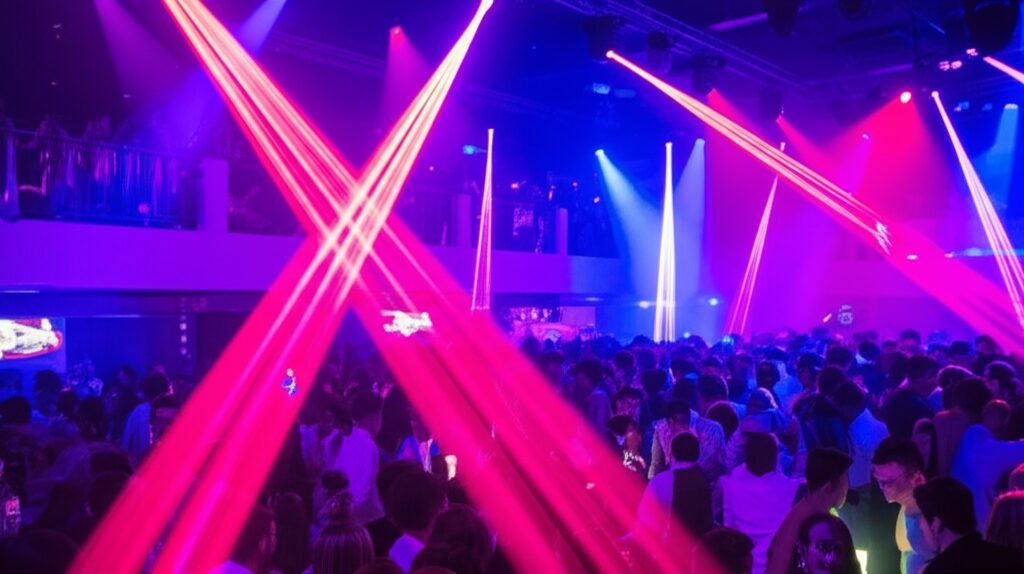
Solar integration continues improving as battery technology advances. Hybrid systems combine solar collection with grid backup, reducing operating costs while maintaining reliability. These systems work particularly well for remote fixtures where running electrical cable would be expensive.
Color-changing capabilities add versatility without requiring new fixtures. Holiday lighting, seasonal themes, and special occasions become simple programming changes rather than physical modifications. Some homeowners use different colors to identify different family members’ vehicles approaching the driveway.
Emerging technologies include:
- AI-powered adaptive lighting that learns usage patterns
- Integration with security cameras and alarm systems
- Weather-responsive automated adjustments
- Energy monitoring and optimization features
Professional installation becomes even more important as systems become more sophisticated. Complex programming and integration require expertise that goes beyond basic electrical knowledge.
Frequently Asked Questions
How much does custom landscape lighting typically cost?
Professional installations range from $3,000-15,000 depending on property size and complexity. Expect $200-400 per fixture installed, including wiring and transformers.
Will landscape lighting increase my electricity bill significantly?
LED systems typically add $30-50 monthly to electricity costs for average residential installations. Smart controls and timers minimize energy waste.
How long do LED landscape lighting fixtures last?
Quality LED fixtures last 25,000-50,000 hours with proper installation. That translates to 15-25 years of typical residential use.
Can I install landscape lighting myself?
Simple systems are DIY-friendly, but complex installations require electrical expertise. Local codes may require professional installation and permitting.
What maintenance does landscape lighting require?
Clean fixtures quarterly, check connections annually, and trim vegetation as needed. LED systems require minimal maintenance compared to older technologies.
Do landscape lighting systems work in all weather?
Professional-grade fixtures withstand extreme weather when properly installed. Choose fixtures rated for your climate conditions.
How do I choose between warm and cool white lighting?
Warm white (2700K-3000K) creates inviting atmospheres suitable for most residential applications. Cool white works better for security applications or modern architectural styles.
Should I install motion sensors on all fixtures?
Motion sensors work well for security applications but aren’t necessary for accent lighting. Use them strategically for energy savings and enhanced security.







